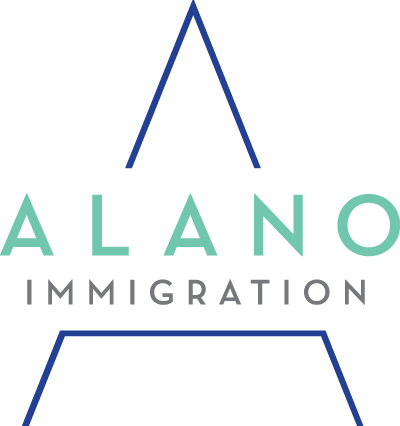There is a humanitarian crisis happening at the Southwest border that has caused the White House to seek nearly 4 billion in emergency funding. The U.S. has been experiencing an influx of thousands of young Central American children showing up at the border to escape gang and cartel violence. This has been going on since prior to 2011, with numbers steadily increasing since then. 52,193 “unaccompanied minor children” were apprehended at the border between October 1, 2013 and June 15, 2014 alone.
The majority of these children are coming from the Northern Triangle region of Central America, which is comprised of Honduras, El Salvador, Guatemala and Mexico (listed in order of greatest numbers of children). Honduras alone as a homicide rate of 90.4 per 100,000 people, as compared to the war-torn Democratic Republic of Congo, where the homicide rate is 28.3 per 100,000 people.
Upon being detained by Customs and Border Protection (CBP), or sometimes turning themselves in to CBP, children are currently being detained in facilities that look and feel like prisons. Children as young as eight months old are wearing prison uniforms, have restricted movement, and are threatened with separation from their parents if they misbehave. Contrast this to Belgium, where there are open facilities for migrant families seeking asylum, where they can come and go with certain restrictions. Ideally, the U.S. government should seek the latter type of system, and work with religious and humanitarian organizations to provide alternative housing for these children and families. Other U.S. immigration programs that allow respondents to leave detention with monitoring have proven to be successful, with a high rate (96%) appearing for immigration court proceedings. Alternative programs are less expensive than detention, more humane, and can prevent further behavioral and psychological problems in the future.
The government is deploying immigration judges, Immigration and Customs Enforcement (“ICE”) attorneys, and asylum officers to the border to process the childrens’ cases as fairly and quickly as possible, and initiating a public affairs campaign in Spanish in Central America about the dangers of the journey to the United States.
Possible forms of immigration protections and relief for the children include political asylum, special immigrant juvenile status (SIJS), and visas for victims of trafficking. The U.S. has entered into treaties with other countries, including the United Nations Convention Relating to the Status of Refugees and the 1967 Protocol. The U.S. also follows the international law principle of non-refoulement, and will not return people to countries where they will be persecuted or tortured. International law is part of U.S. law per the Supreme Court as held in the famous case of the Paquete-Habana and must be followed.
In addition to the government trying to come up with humane solutions to this refugee crisis, private citizens, nonprofit groups, and religious organizations should also work together to help organize housing for volunteers, donations, and put into fruition any other ideas that can help.
Ultimately, as a moral issue, these children should not be sent back. Journalists have been reminding us of the history of the St. Louis, a ship carrying Jewish refugees escaping Nazi Germany. The U.S. was reluctant to accept them because it was seen as an immigration issue. The ship was returned to Europe, with some countries accepting some refugees. About a third of the passengers eventually died in the concentration camps.
A brief video about the Central American refugee crisis can be found here.
By Grace Alano. Grace Alano is an immigration attorney at The Law Offices of Grace R. Alano in San Francisco, CA. Find Grace Alano on Google+
